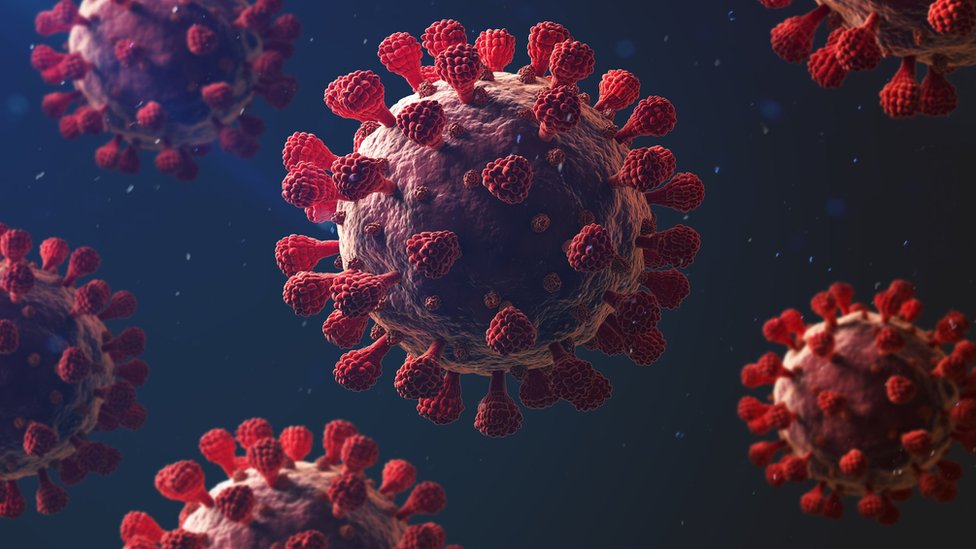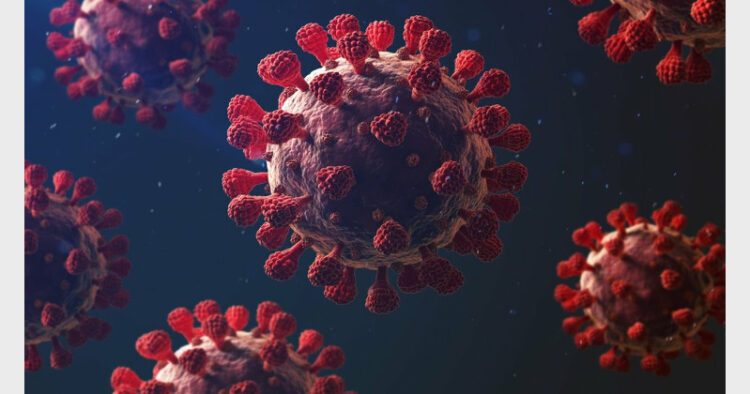
High demand for information on COVID pandemic, its toll on healthcare systems and lives, and the many unanswered questions about a virus that was discovered only in December 2019 have created the breeding ground for myths and fake news. ‘The ability to hold the breath for a minute is a sign of a COVID-free body’, is one such misinformation that went viral during the pandemic. A group of researchers from Indian Institute of Technology Madras (IIT-Madras) has found that, on the contrary, holding breath may increase the chances of getting COVID-19 infection.
They modelled the breathing frequency in a laboratory and found that low breathing frequency increases the time of residence of the virus and therefore it increases chances of deposition and consequently the infection. Also, the multiscale lung structure has a significant effect on a person’s susceptibility to COVID-19. The study says that the process of virus-laden droplets being transported into deep lung increases with decreasing breathing frequency.
A team led by Prof Mahesh Panchagnula, Department of Applied Mechanics, IIT Madras, worked to gain a deeper understanding of how the rate of flow of droplets laden with viruses determines the deposition of the virus in the lungs. In their research, the team reported that holding breath and having a low breathing rate can increase the chances of virus deposition in the lungs.
The team imitated the droplet dynamics in the lung by studying the movement of droplets in the small capillaries which were of a diameter similar to bronchioles. They took water mixed with fluorescent particles and generated aerosols from this liquid using a nebulizer. These fluorescent aerosols were used to track the movement and deposition of particles in the capillaries.
The scientists also studied how the ‘Reynolds Number,’ a parameter that quantifies the nature of flow – steady or turbulent, determines the deposition in the capillaries. They found that when the flow of aerosol movement is steady then the particles deposit via the process of diffusion, however, if the flow is turbulent then the particles deposit via the process of impaction.
Elaborating on the need for such research, Prof Panchagnulasaid, “COVID-19 (the disease caused by Coronavirus) has opened a gap in our understanding of deep pulmonological systemic diseases. Our study unravels the mystery behind how particles are transported and deposited in the deep lung. The study demonstrates the physical process by which aerosol particles are transported into the deep generations of the lung.” The study was conducted to pave the way for developing better therapies and drugs for respiratory infections.
The team intends to continue the further research to understand how the virus-laden droplets are transported into lungs as the process by which the virus is transported from the nasal cavity to the deep lung is still unknown. An understanding of the physics of this phenomenon could be crucial in mitigating the progression of the disease.
The research team includes Prof Mahesh Panchagnula,Arnab Kumar Mallik andSoumalya Mukherjee. The findings of this study have been published in the journal ‘Physics of Fluids’. (India Science Wire)














Comments